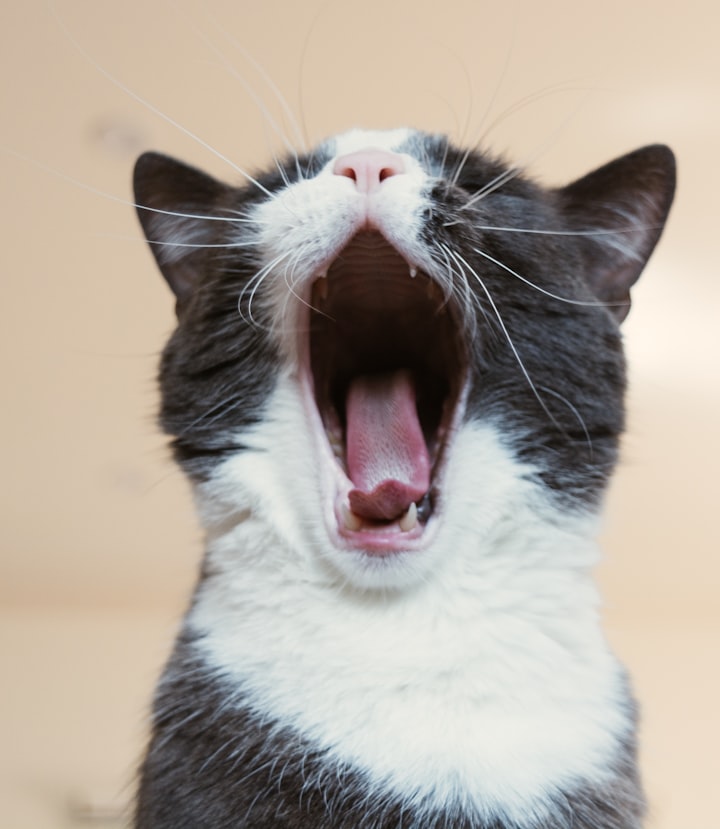Why a Cute Critter From the Rodent Family Could Be Your Ideal Pet
Exotic

Do you get excited when you see cute hamsters, gerbils, rabbits, or chinchillas at a pet store? They've made their way into cartoons, novels, and adorable greeting cards. Rabbit mythology reminds me of Beatrix Potter's writings, particularly the one of the fuzzy little rascal Peter who crept into a farmer's garden and feasted before being hunted down. They are a farmer's enemy, but pet rabbits are another thing. They are as popular as pets as hamsters, guinea pigs, gerbils, and rats, all of which are members of the rodent family.
Do you still believe that pet hamsters are more of a "beginning pet," given to youngsters who desire a dog but whose parents want to make sure he is up to the duty of caring for, so he is permitted a smaller sort of pet that requires less maintenance or attention? I've seen more than a few classified advertisements for folks wishing to rehome a gerbil or guinea pig because their children have left for college and the dorm they will be living in does not allow pets. That's a great pity. Small rodents, on average, do not live as long as cats and dogs, but they do have a lifetime that allows them to be left behind. If you are an adult and believe that pet mice are "only for kids," you will lose out on the enjoyable and rewarding experience of rodent ownership. Many pet owners of all ages own and enjoy the companionship of a little hairy pet animal. There are several exhibitions, ownership groups, and contests to prove this.
As someone who formerly had pet hamsters and a white rat, I can tell you a lot about their environmental requirements. While hamsters and gerbils will be pleased to live in a well-ventilated cage with plenty of entertaining activities like tunnels and mazes, rabbits need a considerably larger environment. In truth, rabbit shelters are termed "hutches" rather than "cages." There should be lots of space for romping. The structure of a rabbit's habitat, on the other hand, is quite similar to that of their smaller counterparts. The home's construction must be done with durability in mind: Rodents are well-known chewers. The majority of little rodent shelters are composed of strong plastic or wire. Rabbit houses are constructed in the same manner. Because of the nature of their ever-growing incisor teeth, hamsters chew on cardboard (think toilet paper tubes, which I always maintained for them) and rabbits need a regular diet of wood. That is the most crucial thing.
Rodents are also herbivorous, which means they eat vegetables and fruits. Nuts and seeds should also be included in their meals. There are a few nefarious substances that you do not want to introduce to your pet. Hamsters should not be fed onions, and romaine lettuce is a lot better bet than iceberg lettuce owing to its higher nutritional value. You can't go wrong with raw staples like broccoli, carrots, kale, or cauliflower; nevertheless, fruit should be introduced gradually into their meals to avoid the possibility of diarrhea. They also need lots of clean, fresh water, which must come from a hanging cage bottle rather than the sort of water dish provided for your cat or dog.
Soft bedding is also required for rodents. Although cedar chips are often used, I switched to a kind of pet shop bedding that allegedly had much better odor control. Odor control is really necessary: your furry buddies will poop a lot! Many pet experts do not advocate glass aquarium tanks with screened lids, as is prevalent in reptile habitats, as ideal homes for mice, gerbils, and hamsters—ventilation is critical. They also need a "hideaway" where they may go to for protection when they feel threatened, since rodents have numerous adversaries in the wild—it is part of their natural urge to flee perceived danger.
The smaller the pet, the shorter its lifetime may be, so consider whether you can prioritize your time to attend to the demands of a little creature. Hamsters, mice, and gerbils may live for up to five years, while guinea pigs, chinchillas, and rabbits can easily survive for ten years; however, these are just averages. Now, on to the topic of having more than one- rodents like having a companion, so two may be better than one - preferably of the same gender, mind you, otherwise they will reproduce (a lot!) So, if you can remember the primary points above and never undervalue their significance, you should be well on your way to successful furry tiny pet ownership. Have fun, and remember that you can always find other critter owners to communicate with on discussion boards to exchange ideas, new information, or even join a club or contest!
About the Creator
Rahau Mihai
Hi! Come to my profile and you will see really useful things or something to relax you !






Comments
There are no comments for this story
Be the first to respond and start the conversation.